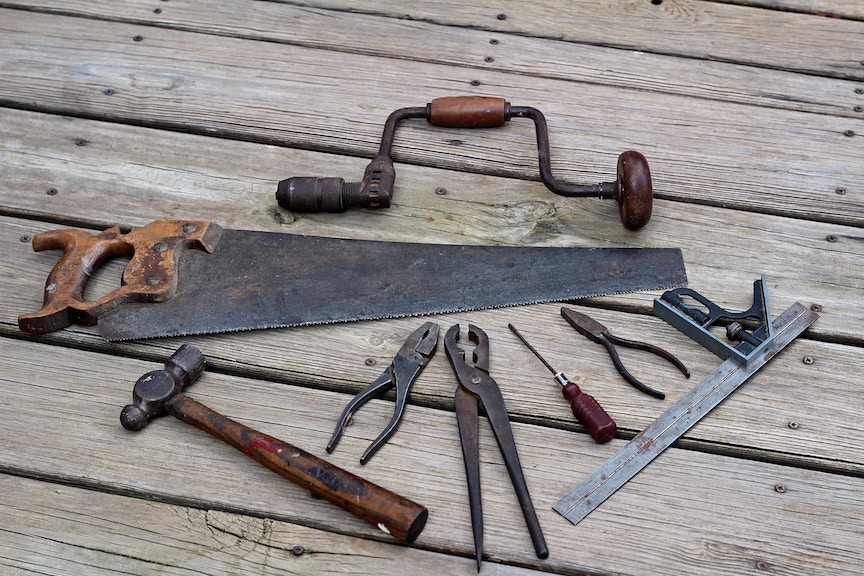Let’s go at this in a slightly circuitous route, shall we? Perfection is not necessarily what might, at first glance, be perfection.
As I tell our design students here at the Ebanista School of Fine Woodworking in Seattle, there is a level beyond just the aesthetics of a piece of furniture. It is not necessarily what a person sees when they look at a piece, but, for me, what they feel. Their visceral response.
Machine cut dovetails, say, done by the popular router jigs, when carried out to order, should provide the accuracy to strengthen the joint. The original ones, where the tails and pins are of equal size are, frankly, monotonous to look at. I believe there are newer versions of the templates where the woodworker has the ability to space them differently. But, they still don’t look right. They achieve sort of an uber-accuracy which makes even the casual observer shake their head. They are too stiff, too….well…..machine-like. It is much like walking down the street and seeing houses sided in vinyl or even the currently popular Hardiplank, which you will see papered all over nearly every new house these days. It has been embossed to (supposedly) look just real wood.
But there’s the rub. It’s a simile, not reality. It is like when my teenage daughter says, “Papi, I am like really hungry”. To me, that would indicate that she actually ISN’T hungry. I am hungry indicates a need for food. I am LIKE hungry is a comparison to hungry, but you’re not actually hungry. It is the same for me and many fine craftsmen with machine cut dovetails. They are supposed to look like hand cut, but they are not. So, why is it so important to me that they be hand cut? Because by doing so, you are leaving the very subtle signature of the craftsman. In much the same way I cannot stand leaving machine marks. You know, those tiny little ripples that belie that the last thing to pass over your work was a whirring machine. That really is standing up and pointing a bony finger at you and screaming, “You did not care enough to silently pass a sharp plane over me and leave a bit of glassy elegance for your client”.
If you are working in a factory, you are by definition producing “factory made” quality. Factory made means fast and for profit. Where all their ranting and raving about quality is just that: ranting and raving. She doth protesteth too much. If you do your work in a nice workshop, and you do it in your own way, consider leaving a subtle trace for future observers that lets them know (strike that), FEEL, that someone gave it their all.


